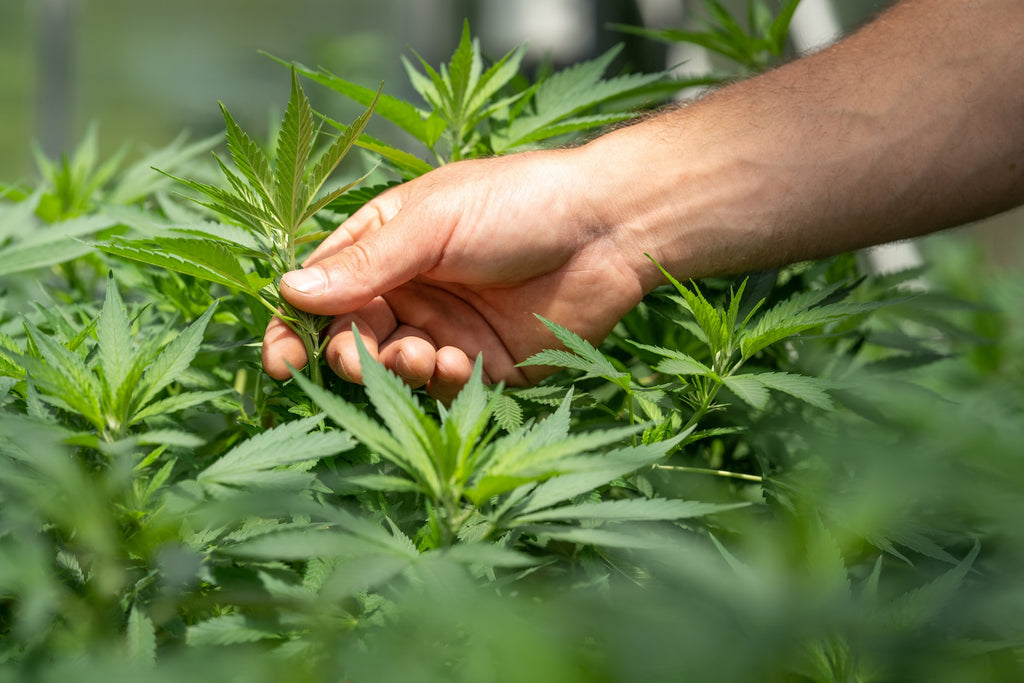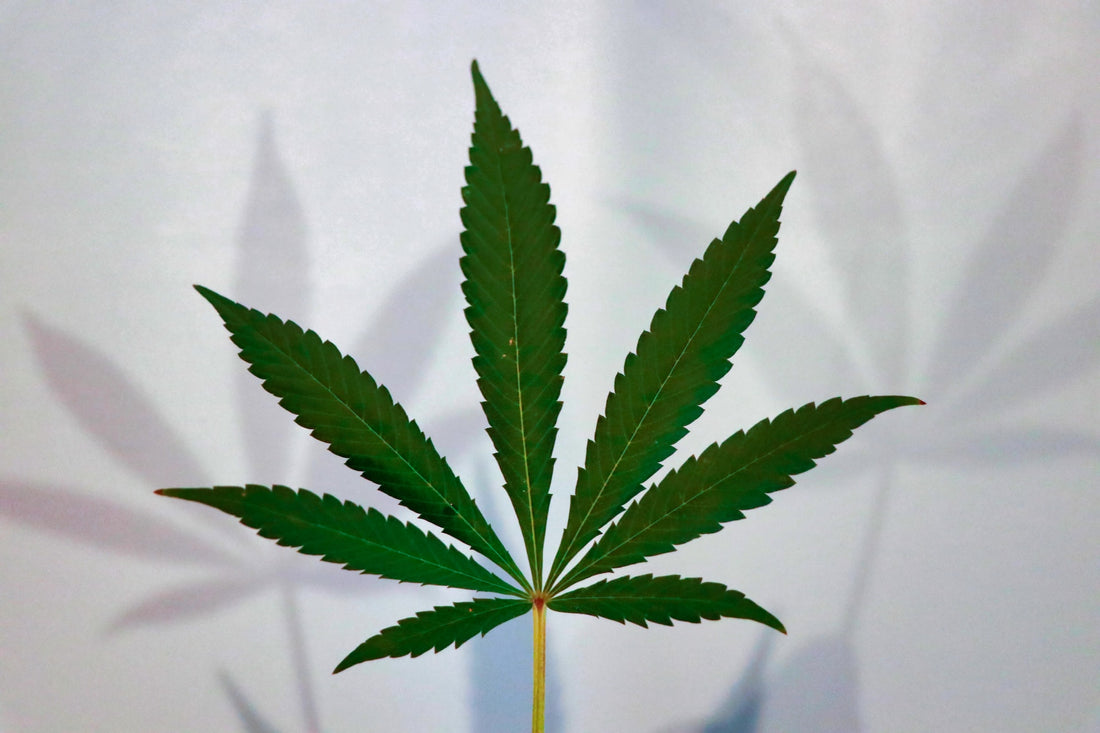1. Introduction to Cannabis Cultivation
Cannabis cultivation, an ancient practice, has evolved significantly over millennia. From its early use in spiritual and medicinal rituals to its current status as a sought-after recreational substance and therapeutic agent, the journey of cannabis is as diverse as its strains.Brief history of cannabis cultivation: The cultivation of cannabis dates back over 5,000 years, with ancient civilizations like the Chinese using it for medicinal purposes. Its fibers were used for textiles, and its seeds for nutrition. Over time, its psychoactive properties became recognized, leading to both reverence and prohibition across various cultures.
Significance in modern society: In today's world, cannabis is undergoing a renaissance. With scientific research backing its medicinal properties and a cultural shift towards its acceptance, cannabis is more than just a recreational substance. It's a booming industry, a medicine, and for many, a way of life.
Legal considerations: The legal landscape for cannabis varies globally. While some regions have fully legalized its use and cultivation, others maintain strict prohibitions. It's imperative for potential cultivators to familiarize themselves with local regulations, ensuring they remain on the right side of the law.

2. Understanding the Cannabis Plant
The cannabis plant, a complex organism, has unique characteristics that set it apart. Its resilience, versatility, and varied effects make it a fascinating subject of study and cultivation.Different species:
Sativa: Originating from equatorial regions, Sativa plants are tall with thin leaves. They are known for their energizing and cerebral effects, making them popular for daytime use.
Indica: Native to the mountainous regions of Asia, Indica plants are shorter and bushier. They produce relaxing and sedative effects, often preferred for nighttime.
Ruderalis: This hardy species auto-flows, meaning it flowers based on age rather than light cycle. While less potent, its genetics are valuable for breeding auto-flowering hybrids.
Anatomy: The cannabis plant's anatomy is intricate. The cola, the plant's main flower site, is a cluster of buds. The calyx, the first part of the flower to form, protects the developing seeds. Pistils, the hair-like structures, collect pollen from male plants, while trichomes, tiny resin glands, produce cannabinoids like THC and CBD.
Life cycle: A cannabis plant's life begins as a seed. Once germinated, it enters the vegetative stage, focusing on root and foliage growth. As light exposure decreases, it transitions to the flowering stage, producing buds. Understanding this cycle is crucial for optimizing growth and yield.
3. Choosing the Right Strain
Selecting the right cannabis strain can make the difference between a successful harvest and disappointment. Each strain has its own set of characteristics, growth patterns, and effects.Factors to consider: When choosing a strain, consider its growth difficulty, flowering time, yield potential, and resistance to pests. Additionally, think about the desired effects, flavors, and aromas. Some strains offer cerebral stimulation, while others provide physical relaxation.
Popular strains for beginners: For those new to cultivation, certain strains stand out for their resilience and ease of growth. "Blue Dream" is known for its robust growth and high yields. "Northern Lights" is prized for its resistance to pests and diseases. "Cinex", with its short flowering time, is another excellent choice for novices.
4. Setting Up Your Grow Space
Creating an optimal environment for cannabis cultivation is paramount. Whether you're growing indoors or outdoors, the right conditions can significantly impact the health and yield of your plants.Indoor vs. outdoor: Indoor cultivation offers control over every aspect of the environment. From light cycles to temperature and humidity, indoor growers can fine-tune conditions. Outdoor growing, on the other hand, relies on natural conditions. While it can produce larger yields, it's also subject to the unpredictability of nature.
Choosing the right location: A successful grow space requires adequate light, consistent temperatures, and controlled humidity. For indoor grows, spaces like basements or dedicated grow tents are popular. Outdoors, consider factors like sunlight hours, wind protection, and privacy.
Equipment essentials: The right equipment can elevate your cannabis cultivation. High-quality LED or HID lights ensure adequate light penetration. Fans and ventilation systems maintain airflow, reducing the risk of mold. Soil, pots, and nutrient solutions are foundational for plant health.
5. The Growing Process
From seed to harvest, the cannabis growing process is a journey. Each stage has its own set of requirements and challenges, demanding attention and care from the cultivator.Germinating seeds: The first step in the cultivation journey is germination. By placing seeds in a damp paper towel or directly in soil, they'll begin to sprout, signaling the start of their life cycle.
Transplanting seedlings: As seedlings grow, their root systems expand. To prevent root-bound conditions, it's essential to transplant them to larger pots, providing space for growth.
Vegetative growth: This phase is all about growth. With extended light hours, the plant focuses on building its structure. Regular feeding, training techniques, and monitoring are crucial during this stage.
Flowering stage: As the plant matures, it enters the flowering phase. Light cycles are reduced, and nutrient needs shift. Recognizing the signs of male and female plants is vital, as males can pollinate females, leading to seeded buds.
6. Pest and Disease Management
Cannabis plants, like all crops, are susceptible to pests and diseases. Proactive management and early intervention can save a crop from devastation.Common pests: Pests like spider mites, aphids, and whiteflies can wreak havoc. Regular inspections, natural predators, and organic insecticides can help manage these threats.
Common diseases: Diseases like mold, root rot, and nutrient burn can be detrimental. Ensuring proper airflow, not overwatering, and maintaining a clean environment are preventive measures.
Solutions: Organic solutions like neem oil can deter pests without harming the plant. In more severe cases, chemical pesticides might be considered, but they should be used with caution, especially if the end product is for consumption.
7. Harvesting, Drying, and Curing
The culmination of months of hard work, the harvesting stage is both exciting and critical. Proper techniques can maximize potency and flavor.When to harvest: Timing is everything. Observing trichome coloration, usually shifting from clear to milky or amber, can indicate peak maturity. Additionally, the yellowing and browning of pistils can signal readiness.
Proper harvesting techniques: Using sharp, sterilized scissors, cut branches or individual buds. Handle with care to preserve trichomes.
Drying and curing: Post-harvest, buds need to be dried in a dark, ventilated space. Once dried, they're jarred for curing, allowing flavors to develop and any remaining chlorophyll to break down.
8. Nutrients and Watering
Like all plants, cannabis requires nutrients and water to thrive. Striking the right balance is key to healthy growth and bountiful yields.Understanding N-P-K ratios: Nitrogen (N), Phosphorus (P), and Potassium (K) are the primary nutrients cannabis requires. During the vegetative stage, higher nitrogen levels are beneficial, while the flowering stage demands more phosphorus and potassium.
Organic vs. chemical nutrients: Organic nutrients, derived from natural sources, can enhance soil health and flavor profiles. Chemical nutrients, while effective, can lead to buildup in the soil and require careful management.
Watering frequency and pH levels: Overwatering is a common mistake. It's essential to water when the top inch of soil feels dry. Additionally, maintaining a pH level between 6.0-7.0 for soil and 5.5-6.5 for hydroponics ensures optimal nutrient absorption.
9. Training Techniques for Higher Yields
Training techniques can significantly increase yields by maximizing light exposure and promoting more bud sites.Low-Stress Training (LST): LST involves gently bending stems and securing them in place, encouraging horizontal growth and more even canopy development.
High-Stress Training (HST): Techniques like "topping", where the main stem's tip is removed, can promote bushier growth. However, these methods can stress the plant and should be done with care.
Sea of Green (SOG) and Screen of Green (SCROG): SOG involves growing many small plants close together, encouraging a quicker harvest. SCROG uses a screen to guide plant growth, maximizing light exposure and bud production.
10. Safety and Ethical Considerations
As with any cultivation, ethical and safety considerations are paramount. Ensuring a sustainable and safe approach benefits both the cultivator and the end consumer.Safe consumption practices: While cannabis offers many benefits, overconsumption can lead to adverse effects. Encouraging responsible use and understanding one's limits is essential.
Environmental impact: Like all agriculture, cannabis cultivation has an environmental footprint. Using sustainable practices, like water conservation and organic cultivation, can mitigate these impacts.
Ethical considerations: Supporting fair trade, avoiding exploitative practices, and ensuring a positive community impact are all ethical considerations every cultivator should embrace.
11. Conclusion and Further Resources
The journey of cannabis cultivation is a rewarding one. With each cycle, cultivators gain more insights, refining their techniques and deepening their connection to the plant.Recap: Reflecting on the cultivation process, from seed to harvest, underscores the intricacies involved. Each stage, from strain selection to pest management, plays a pivotal role in the final product's quality.
Recommendations for further reading: Books like "The Cannabis Grow Bible" by Greg Green and "Marijuana Horticulture" by Jorge Cervantes offer deeper dives into the world of cannabis cultivation.
Encouragement for continuous learning: The world of cannabis is ever-evolving. With new strains, techniques, and research emerging, there's always more to learn. Embracing a mindset of continuous learning ensures growth, both of the plant and the cultivator.
This comprehensive guide serves as a foundation for those embarking on the cannabis cultivation journey. However, like all farming, experience is the best teacher. With time, patience, and dedication, cultivators can achieve bountiful harvests and deepen their appreciation for this remarkable plant.
Cannabis Cultivation FAQs
|
